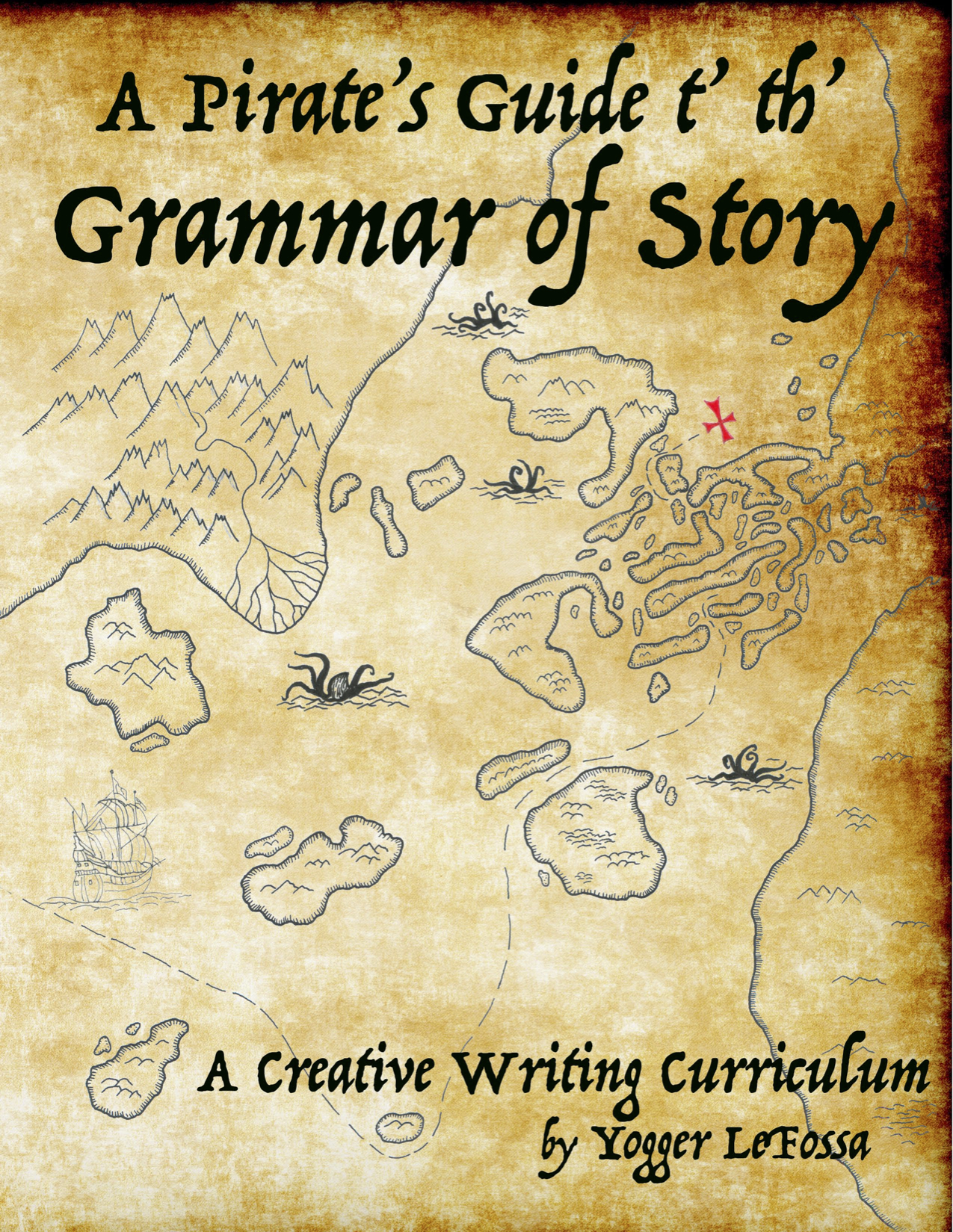Exercise 17 :: Character Desire :: What do we really want?
Desires should be simple. What do we want? But have you ever asked a child what they want to eat at a restaurant? Or spent an hour with a group of friends trying to decide which movie to rent? What do we want? Really want? Desires are simple as a concept, but more complex as you dive in.
When a baby is little, the mother has to continually use clues to understand what the baby wants - are they hungry? Wet? Tired? Needing a snuggle? As the baby grows and becomes more communicative, the mothers still has to use her knowledge of her child to know what they really want. They may be saying “I want to stay up later,” but their yawns or meltdowns tell differently. Or they may say, “I want to learn to ride a bike,” but their unwillingness to go outside and get the bike out of the garage shows that to be a weak desire. Or they may say, “I’m not hungry” and then eat the entire pizza …
Desires are important in story, and in life. There are often things about us - our characterizations - that lead to desires. Being an only child might lead to the desire to have time with friends. That same reality might lead another character to desire to live alone in a lighthouse. Based on these desires, the two characters will DO drastically different things. This takes us to another key characteristic of desires - they lead to actions. Real desires lead to real actions. Expressed desires do not necessarily lead to real actions. Does that make sense?
Taking an example from my own life - a few months ago I said that I want to get better at drawing. This led me to buy a “how to draw” book. My desire led to an action, but not the actual fulfillment of my desire. And here we are, months later, and I have only done 2 lessons. How can this be? How can desire that leads to action still not fulfill the desire? Take a peek back at character contradictions - I had opposing desires. One was to get better at drawing, and I did want this enough to get the book. But when my time was at stake, other things became more pressing/important, and those pushed out my actions towards fulfilling the desire to draw. I have to look honestly at those other things, and determine if I want them to be stronger desires (even if they are hidden), and if not, to set them aside and return to my drawing book.
In Real Life :: Why do I share all this? Because just like story characters, we all struggle with this in real life, particularly middle schoolers. There are all kinds of desires they have, and each one pushes and shoves to have its way. Knowing this, seeing it in action in stories and in life, can help us make choices that expose our truest desires and give us the courage to either change them or walk more boldly toward them. This is true for our story characters. Bilbo Baggins desired both the comforts of his little hobbit home AND to go on an adventure. In the end, his desire for adventure was stronger and that produced the action of The Hobbit. This is true for our personal stories too. I desired to be better at drawing AND to read a book at the end of the day when I was tired from work. In the end, my desire to read a book won out. Being able to see that, I can now assess if that was the choice I really want, or if I will prioritize my desires differently, and get back to drawing. Who knows? That’s the next part of my own story, and it’s still being written.
As a parent, you are in a unique position to see all these different desires in your children, and help them to make choices and move forward in action. And their actions will help you see what their real desires are, and that will help you know and parent your children better. Story is a powerful thing!
Finding it in the Story :: pg 191 :: the monkeys’ desires are seen through the golden telescope (a good example of a significant object), and then the following story chapter continues to demonstrate (pg 211-13) what they are willing to DO because of that desire.
